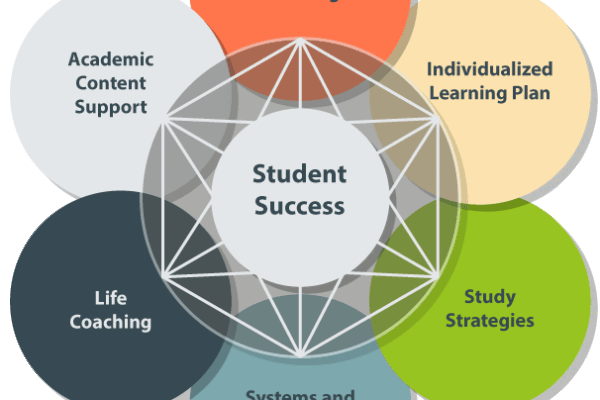Report Examines Postsecondary Competency-based Education Across the Country
Title: Findings From the 2018 National Survey of Postsecondary Competency-Based Education
Source: American Institutes for Research and Eduventures Research
The American Institutes for Research (AIR) and Eduventures have released findings from their 2018 survey on competency-based education (CBE), which looked at the scope of CBE programs and activities at more than 500 U.S. colleges and universities.
Key findings include:
- 55 percent of institutions saw CBE as a way to serve post-traditional students, and 56 percent considered it a means to improve workforce readiness among students.
- 57 percent of institutions were still at the planning stage in their adoption of CBE, 32 percent had at least one CBE course, and only 11 percent of institutions had one or more full CBE programs.
- 53 percent of undergraduate CBE programs enrolled 50 or less students; only 4 percent of programs enrolled 1,000 students or more.
- More than 50 percent of institutions identified federal student aid regulations, institutional business processes, and costs associated with program start-up as obstacles to CBE implementation.
- Among four-year institutions that have begun building CBE programs, faculty perceptions of CBE on campus were perceived as the most significant obstacle to CBE program implementation.
- 75 percent of institutions expect the number of CBE programs to grow nationally in the next five years.
To read the full report, visit the AIR website.
—Georgiana Mihut
If you have any questions or comments about this blog post, please contact us.


